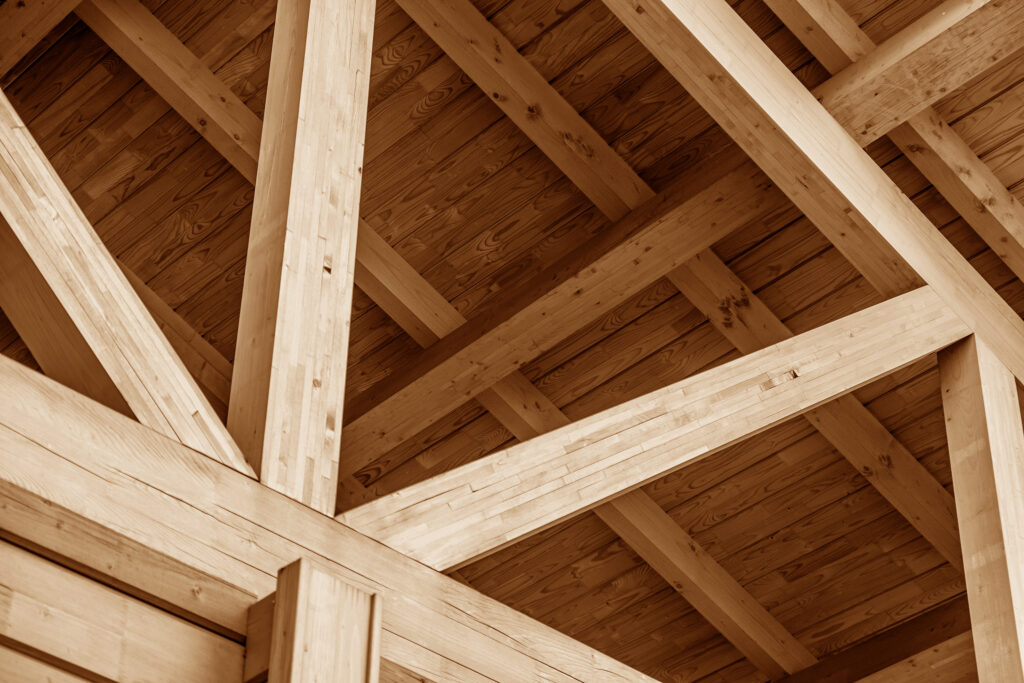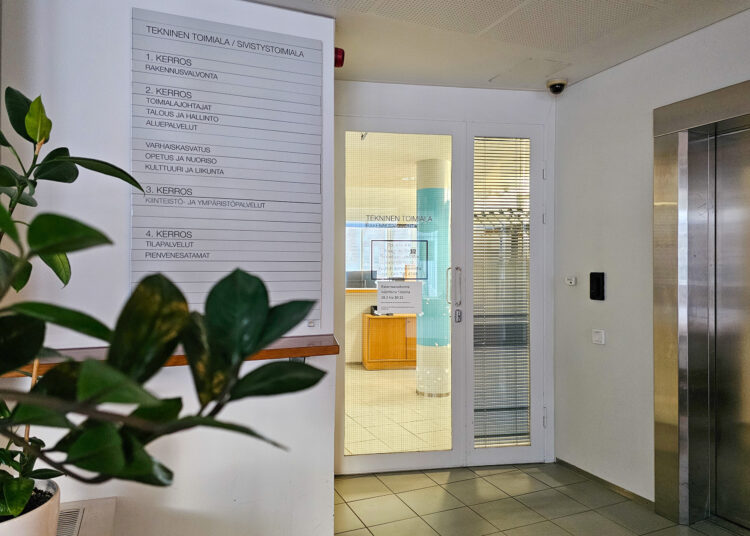Applying for a permit

The building permit, action permit, and action notification have been replaced by a single permit type, the construction permit. Other types of permits include the landscape work permit, deviation permit, demolition permit, and demolition notification.
Permit requirements for new construction
A construction permit is required for:
– a residential building or a leisure residential building, regardless of size
– a building with a floor area of at least 30 m² (not a residential or leisure building)
– a canopy with a size of at least 50 m² (separate, e.g., a carport)
– a public structure that can be used by at least five people at the same time, except for an event structure that is in place for no more than three months (e.g., a grandstand, stage)
– a mast or chimney at least 30 meters high
– an illuminated advertisement device of at least 2 m²
– an energy well
– an area constructed for special activities that affects the use of surrounding areas (e.g., a sports area, storage or parking area)
– structures erected on site, such as floating buildings
– an extension
A permit is also required if:
– the construction has more than a minor impact on the use of areas, cityscape, landscape, cultural heritage, or environmental aspects
– the construction requires official supervision to ensure the implementation of essential technical requirements and for the public interest
Permit requirements for renovation construction
Repair and alteration work requires a permit when it involves:
– repair or alteration work on a protected, historically, or architecturally valuable building in a way that significantly affects its value
– repair or alteration work on the building envelope (walls, roof, floor, windows, doors) or technical systems that affects the building’s energy efficiency or energy and environmental impacts
– a significant change in the use of the building or part of it
– construction comparable to new construction
– an extension of the building or an increase in its floor area
– removal of a confirmed health hazard
– a damaged load-bearing structure
– repair measures that may endanger health and safety
– a significant impact on the cityscape, landscape, or cultural heritage
– repair affecting the essential characteristics of the building
– a protected building

Construction exempted from permit application
All construction must always comply with all building regulations and laws, but construction does not always require a permit.
Submitting a permit application and processing the application
It is recommended to arrange a planning meeting with the building supervision as early as possible, even before submitting the permit application.
Permits are applied for through the building supervision’s electronic service or on paper forms.
The permit process is initiated when the main drawings and other attachments to the application have been submitted. The permit application must include designated responsible persons, at least the principal designer and building designer for the construction permit. The application handler will request the necessary statements and, if necessary, consult the neighbors. Neighbor consultation can also be carried out by the applicant.
Types of permits
Construction permit
The construction permit application must include the main drawings and necessary attachments. New documents to be submitted are:
– From 1.1.2025: demolition material and construction waste report
– From 1.1.2026: climate report and building product list
The main drawings must comply with building regulations and the plan, and follow the Ministry of the Environment’s regulations.
When applying for a construction permit, the conditions for placing in a planning requirement area are decided, and a separate planning requirement decision is not needed. In exceptional cases, the permit can be applied for in two stages: first a placement permit and then an implementation permit.
A temporary and fixed-term construction permit becomes a temporary permit valid for 10 years.
A construction permit is always required when repairing or altering a protected building.
Minor deviations can be granted with the building permit. Construction exempt from a permit that deviates from regulations requires a separate deviation permit. In a zoning area, placement and deviation permits for a clean transition are granted by zoning.
Construction permit application (in Finnish)
Landscape work permit
A landscape work permit is required for earthworks that alter the landscape, tree felling, or other comparable actions.
Landscape work permit application (in Finnish)
Deviation permit and planning requirement area
A deviation permit is required when the building plan deviates from the zoning plan or other regulations. A permit is also necessary for shore areas if there is no zoning plan or general plan. Changing the use of a building may require a deviation permit.
When deviating, neighbors and those whose living, working, or other conditions may be affected by the construction project must be consulted.
Minor deviation
A minor deviation can be granted with the construction permit, for example, a slight exceedance of the building area or a change in the roof shape. The deviation must not endanger the essential requirements of construction. A minor deviation can also be granted before the final inspection.
Planning requirement areas
In planning requirement areas, a construction permit is sufficient, covering both placement and implementation conditions. A separate planning requirement decision is not needed. In exceptional cases, the construction permit can be applied for in two stages (placement permit and implementation permit).
Application for planning requirement and deviation (in Finnish))
Demolition permit
A demolition permit is applied for solely for demolition:
• when demolishing a building or part of it located in a zoning area that is more than minor in significance.
• when demolishing a building or part of it in an area without a zoning plan, but the area is under a building prohibition for the preparation of a zoning plan.
• if outside the aforementioned areas, the general plan stipulates that the demolition of the building requires a permit.
Regardless of the zoning situation, a permit is always required for the demolition of a building if the building is protected, has been shown to have historical or architectural value, or is part of a protected or historically significant or architecturally valuable area or entity.
Demolition permit application (in Finnish)
Demolition notification
A demolition notification must be made for minor buildings:
• if it concerns the demolition of an outbuilding or other minor building or structure in a zoning area.
• if it concerns the demolition of a building or structure in an area without zoning.
• if the building supervision has instructed the demolition of the building, for example, because the building does not have a building permit or because the building has been destroyed in a fire to the extent that it can no longer be considered a building.
• if the building to be demolished has a permanent building identifier.
The demolition notification must be made at least 30 days before the start of demolition work.
Demolition notification (in Finnish)
Permit decision, commencement of construction, and post-monitoring
The appeal period begins from the issuance of the decision, during which the applicant, neighbor, and other parties and authorities specifically defined by law can file a rectification request or appeal the decision.
The museum authority and the ELY Centre have the right to appeal in significant protection cases, but the right of communities and municipal members to appeal a demolition permit is removed.
Permit decisions become legally binding after the 30-day rectification request period. Construction work can only begin once the permit is legally binding. The initiator of the construction project can apply for the right to start work before the permit becomes legally binding. The right to start requires the determination of a security.
Conditions can be attached to a positive decision, such as the demolition of a building or the use of a specific material. The decision may also include requirements, such as the approval of a site manager before starting work.



